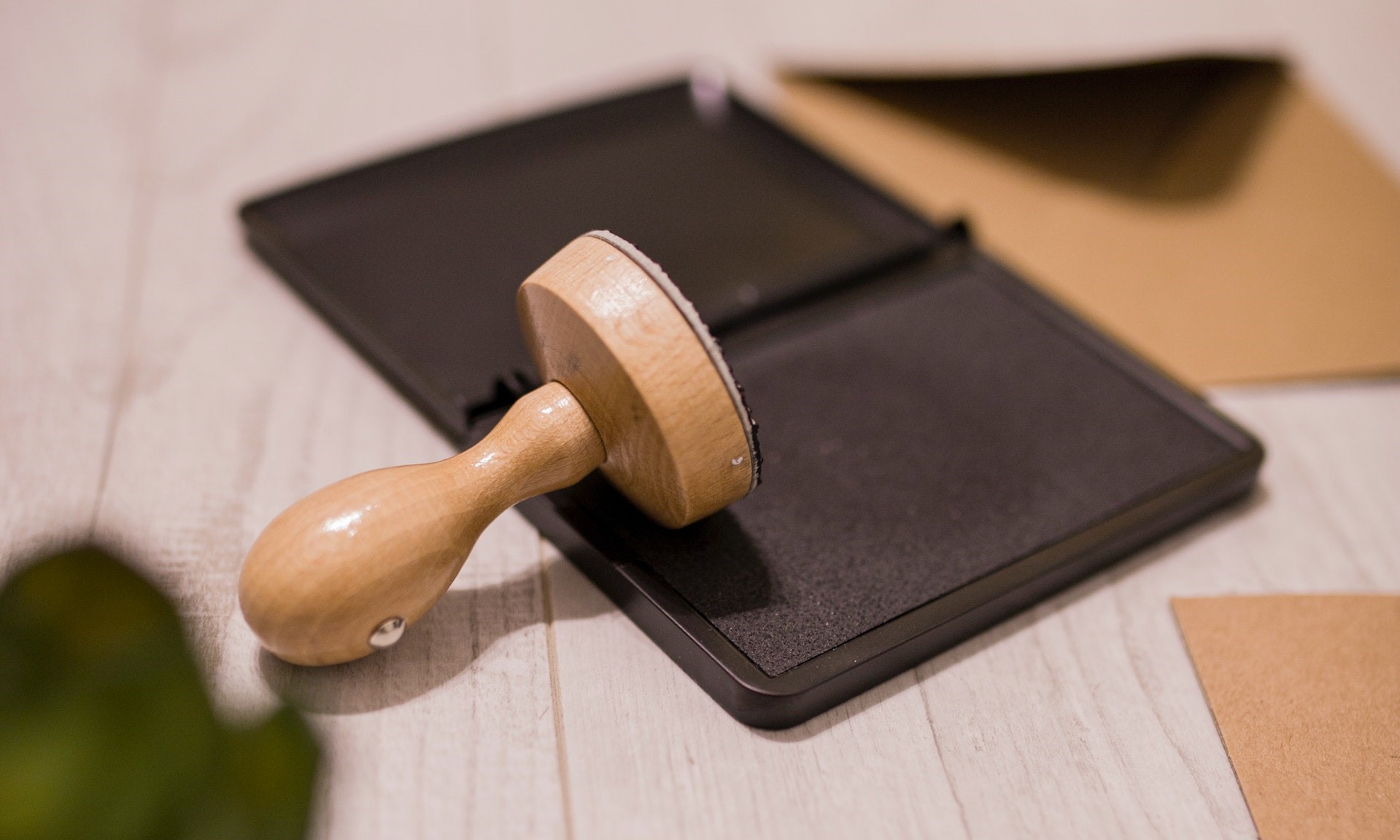Landlord Blog
Education and news for smart DIY landlords!
6 Ways to Verify a Seller's Property Ownership

Housing scams are real and they have two common faces. It can be a house sale fraud or a rental scam. Either way, you will lose money thinking that you’re the bonafide owner or renter of a property. What’s worse is that when authorities or a property’s true and legal owner finds out about the fraud (illegal occupancy), you have no power to stay in the house if they kick you out.
Victims of housing scams even report being shocked to see the real property owner standing in front of the house they’re supposed to move into during their move-in day. But like any other scam, there are ways to detect if a house sale is legitimate. The most effective strategy is verifying if the seller is really the true owner of the property. Here's how.
1. Check public tax records
Visit the tax assessor in charge of the area in which the property you’re buying belongs to. Depending on their protocol, they can either give you instructions to view the records online or see them in person. Then match the name of the current owner with the seller’s name.
2. Ask the seller to open locked doors using keys

During the house tour or inspection phase, ask the seller to lock all the doors in the property and tell them to open the doors with their keys. Housing scammers are known to be adept at lockpicking and would leave all doors open for unsuspicious viewing. They also choose properties that aren’t frequently visited by their owners to lure victims.
3. Do a reverse image search on Google
Download at least 3 pictures from the listing of your dream home. Then, do a reverse image search. You may find the property is listed on different sites. That’s normal. But if the price, contact information, and other details don’t match, there’s an absolute chance the listing is fake.
4. Make the seller show documents of legal ownership ASAP

Every honest and legitimate home seller knows that showing documents of legal property ownership to a potential buyer is the standard operating procedure. Scammers are aware if they don’t comply, they are showing a red flag. That’s why frauds make excuses by promising you to show the documents another time.
5. Verify the seller’s identity
Layers of lies often make a believable scheme. A scammer may show you copies of legal ownership documents such as a property title. But, they’ll steal the true property owner’s identity to fool you. Doing a thorough background check on the seller is very important. See if they are who they claim to be.
6. Ask the seller to provide an occupancy certificate

It’s mandatory for a home seller to secure an occupancy certificate before showing a property to a potential buyer. And it is given to the legal owner after acquiring or building the house. It’s one of the legal documents that a scammer would find so hard to fake.
When viewing documents for verifying a seller’s ownership over a property, pay attention to the printing and paper quality. Know and look for legitimate watermarks. Don’t tolerate any grammatical errors. And lastly, don’t be scared to back out of a deal if you have suspicions. Better yet, contact law enforcement authorities to report and arrest fraudsters.
